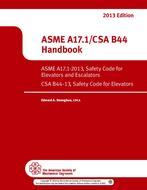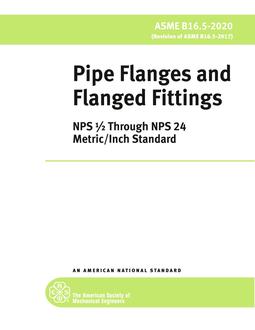Click here to purchase
This Standard applies only to the steady flow of single-phase gases and deals with devices for which direct calibration experiments have been made, sufficient in number and quantity to enable inherent systems of applications to be based on their results and coefficients to be given with certain predictable limits of uncertainty. The critical flow venturi nozzles dealt with can only be used within limits that are specified, for example nozzle throat to inlet diameter ratio and Reynolds number. This Standard specifies the geometry and method of use (installation and operating conditions) of critical flow venturi nozzles inserted in a system to determine the mass flow rate of the gas flow rate of the gas flowing through the system. It also gives necessary information for calculating the flow rate and its associated uncertainty. This Standard applies only to venturi nozzles in which the flow is critical. Critical flow exists when the mass flow rate through the venturi nozzle is the maximum possible for the existing upstream conditions. At critical flow or choked conditions, the average gas velocity at the nozzle throat closely approximates the local sonic velocity. Information is given in this Standard for cases in which: (a) the pipeline upstream of the venturi nozzle is of circular cross section; or (b) it can be assumed that there is a large space upstream of the venturi nozzle. The venturi nozzles specified in this Standard are called primary devices. Other instruments for the measurement are known as secondary devices. This Standard covers primary devices; secondary devices will be mentioned only occasionally.
Product Details
- Published:
- 08/31/2016
- ISBN(s):
- 9780791870549
- ANSI:
- ANSI Approved
- Number of Pages:
- 58
- File Size:
- 1 file , 1.2 MB
- Redline File Size:
- 2 files , 7.4 MB


